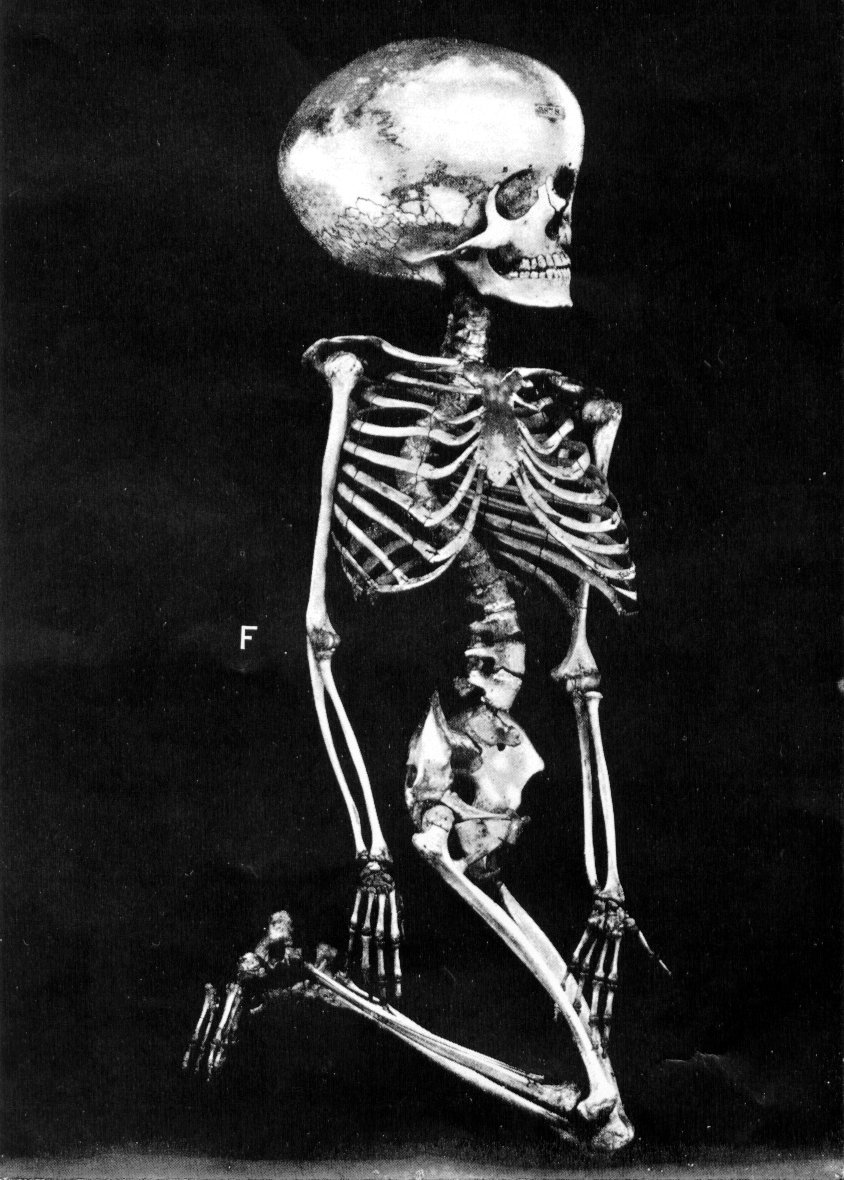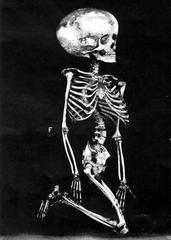
Surgeons’ Hall Museums Edinburgh: Visiting Hours, Tickets, and Historical Sites Guide
Date: 14/06/2025
Introduction
Nestled in the heart of Edinburgh, the Surgeons’ Hall Museums offer visitors a fascinating and immersive journey through over five centuries of surgical, anatomical, and medical advancement. Established in conjunction with the Royal College of Surgeons of Edinburgh (RCSEd), founded in 1505, the museums are housed in the neoclassical Playfair Building, designed by William Henry Playfair and completed in 1832. As one of the world’s oldest and most extensive medical museums, Surgeons’ Hall Museums are a cornerstone of Scotland’s cultural and scientific heritage, blending architectural grandeur with state-of-the-art interactive exhibits (RCSEd Collection; My Voyage Scotland).
The museums are home to the Wohl Pathology Museum’s remarkable collection of preserved human specimens, the History of Surgery Museum’s chronicles of surgical milestones, and the Dental Collection’s display of dental advancements. Display of human remains, always handled with ethical sensitivity in accordance with the Human Tissue (Scotland) Act 2006, is central to the educational mission. The exhibitions celebrate figures such as Sir Charles Bell and Dr. Joseph Bell (the inspiration for Sherlock Holmes), and address formative historical events like the Burke and Hare murders, anchoring the museums in both medical and literary history (RCSEd Collection; Wandering Crystal).
This guide distills essential visitor information—covering opening hours, ticketing, accessibility, tours, and educational programs—while also highlighting nearby Edinburgh attractions, ensuring a complete cultural experience for medical professionals, history enthusiasts, and curious travelers alike (Surgeons’ Hall Museums; Introducing Edinburgh).
Contents
- Origins and Early Development
- Expansion and Evolution of the Collections
- Human Remains and Ethical Considerations
- Architectural and Institutional Significance
- Notable Historical Events and Figures
- Visiting Information
- Visiting Hours
- Tickets and Booking
- Accessibility
- Guided Tours and Educational Programs
- Photography and Interactive Exhibits
- Nearby Attractions in Edinburgh
- Museum Layout and Key Galleries
- Special Events and Temporary Exhibitions
- Frequently Asked Questions (FAQ)
- Summary and Travel Tips
- Official Sources
Origins and Early Development
The Surgeons’ Hall Museums originated as an educational resource for the Royal College of Surgeons of Edinburgh, established in 1505. From their inception, the museums aimed to provide medical students with access to anatomical specimens and surgical instruments, supporting hands-on learning and scientific research (RCSEd Collection).
By the late 18th and early 19th centuries, significant contributions from figures like Sir Charles Bell and John Barclay dramatically expanded the collections. The need for a dedicated space led to the commissioning of the Playfair Building, which opened in 1832 and remains a striking example of neoclassical architecture (My Voyage Scotland).
Expansion and Evolution of the Collections
Throughout the 19th and 20th centuries, the collections grew rapidly, reflecting advances in medical science and the evolving nature of surgical education. The museum now houses thousands of specimens and artefacts, including surgical and dental instruments, personal effects, and archival documents. Notably, a letter from Sir Arthur Conan Doyle credits Dr. Joseph Bell—one of the College’s Fellows—as the inspiration for Sherlock Holmes, linking the museum to literary history (RCSEd Collection).
Human Remains and Ethical Considerations
Human remains are displayed at Surgeons’ Hall Museums with utmost respect and ethical responsibility, under the Human Tissue (Scotland) Act 2006. These displays enable educational reflection on anatomy, disease, and the realities of historical medical practice while fostering public dialogue on ethics in medicine (RCSEd Collection).
Architectural and Institutional Significance
The Playfair Building is a Category A-listed neoclassical landmark, notable for its grand portico and elegant interiors. A major redevelopment in 2015 modernized the museum, improving accessibility and visitor engagement while preserving its historic character. Recognized as one of the oldest museums in the UK, Surgeons’ Hall Museums holds collections designated as of “National Significance” by the Scottish Government (My Voyage Scotland; RCSEd Collection).
Notable Historical Events and Figures
The museums document transformative events and personalities in surgical history. The Burke and Hare murders of 1828, which supplied bodies for dissection, are explored through artefacts and exhibits, underscoring the ethical dilemmas of early medical research. The museum also celebrates the contributions of pioneering women surgeons, especially during World War II, and the broader context of surgical practice in Scotland (My Voyage Scotland).
Visiting Information
Visiting Hours
- Tuesday to Saturday: 10:00 AM – 5:00 PM (last admission 4:30 PM)
- Closed: Sundays, Mondays, and public holidays
- Tip: Always check the official website for seasonal changes or special closures.
Tickets and Booking
- Adult: £8
- Concession: £6 (students, seniors)
- Children under 10: Free
- Family and group rates: Available
- Where to buy: Book online or purchase at the museum (advance booking recommended in peak seasons).
Accessibility
- Mobility: Step-free access, lifts, accessible restrooms, and mobility aids upon request
- Hearing/Visual: Hearing loops, large-print guides
- Assistance dogs: Welcome
- Contact: Reach out in advance for any specific needs
Guided Tours and Educational Programs
Regular guided tours are led by expert staff, and a rich calendar of workshops and special events caters to families, school groups, and professionals. Details are available on the museum’s website.
Photography and Interactive Exhibits
- Photography: Generally not permitted, especially in galleries with human remains (Mainly Museums)
- Interactive exhibits: Touchscreens and audiovisual presentations, including the Body Voyager Gallery with digital imaging and robotics
Nearby Attractions in Edinburgh
Surgeons’ Hall Museums are within walking distance of:
- National Museum of Scotland
- Greyfriars Kirkyard
- The Royal Mile
- Edinburgh Castle
Cafés, restaurants, and additional Edinburgh historical sites are also nearby (Wandering Crystal).
Museum Layout and Key Galleries
Wohl Pathology Museum
- Location: Upper floor
- Features: Thousands of preserved specimens (bones, organs, tissues), rare surgical instruments, and artefacts illustrating disease and medical treatment from the 18th century to today (Surgeons’ Hall Museums; Mainly Museums)
- Notable objects: Death mask of William Burke, pocketbook made from his skin, and artefacts on body snatching
History of Surgery Museum
- Location: First floor
- Features: Reconstructed anatomy theatre, exhibits on Joseph Bell and the origins of forensic science, surgical milestones, and interactive displays (Surgeons’ Hall Museums)
Dental Collection
- Features: Historic dental instruments, reconstructed dental surgery, and a comprehensive overview of dental pathology and treatment (Wandering Crystal)
Body Voyager Gallery
- Features: Digital journey through the human body, exploring future surgical techniques and robotic technologies (Wee Walking Tours)
Special Events and Temporary Exhibitions
- Blood and Guts Walking Tour: Explores Edinburgh’s medical history, including grave robbing and pioneering women in medicine (Eventbrite)
- Temporary exhibitions: Cover topics like women in surgery and the evolution of anesthesia (Surgeons’ Hall Museums Blog)
Frequently Asked Questions (FAQ)
Q: What are the opening hours?
A: Tuesday to Saturday, 10:00 AM–5:00 PM (last admission 4:30 PM).
Q: Are tickets required?
A: Yes. Book online or buy on-site.
Q: Is the museum wheelchair accessible?
A: Yes, with lifts and accessible facilities.
Q: Can I take photographs?
A: Photography is generally not allowed, especially in sensitive galleries.
Q: Is the museum suitable for families?
A: Yes, with interactive exhibits—but some content may be distressing for younger children.
Q: Are there guided tours?
A: Yes, guided tours and educational programs are available.
Q: Are pets allowed?
A: Only assistance dogs are permitted.
Summary and Travel Tips
Surgeons’ Hall Museums are a must-visit for anyone interested in medical history, scientific discovery, and Edinburgh’s architectural heritage. The collections—spanning surgery, pathology, and dentistry—are internationally significant and presented in a way that is accessible, engaging, and ethically responsible. Modern facilities, interactive galleries, and a central location make the museums suitable for visitors of all ages and backgrounds.
Travel Tips:
- Book tickets in advance, especially during busy periods.
- Allocate at least 2–3 hours for a thorough visit.
- Explore nearby attractions to maximize your Edinburgh experience.
- For the latest information on exhibitions and events, visit the official website.
Official Sources and Further Information
- Surgeons’ Hall Museums Collection, RCSEd
- My Voyage Scotland: Surgeons’ Hall Museum
- Surgeons’ Hall Museums Official Website
- Introducing Edinburgh: Surgeons’ Hall Museums
- Wandering Crystal: Surgeons’ Hall Museums



















































































